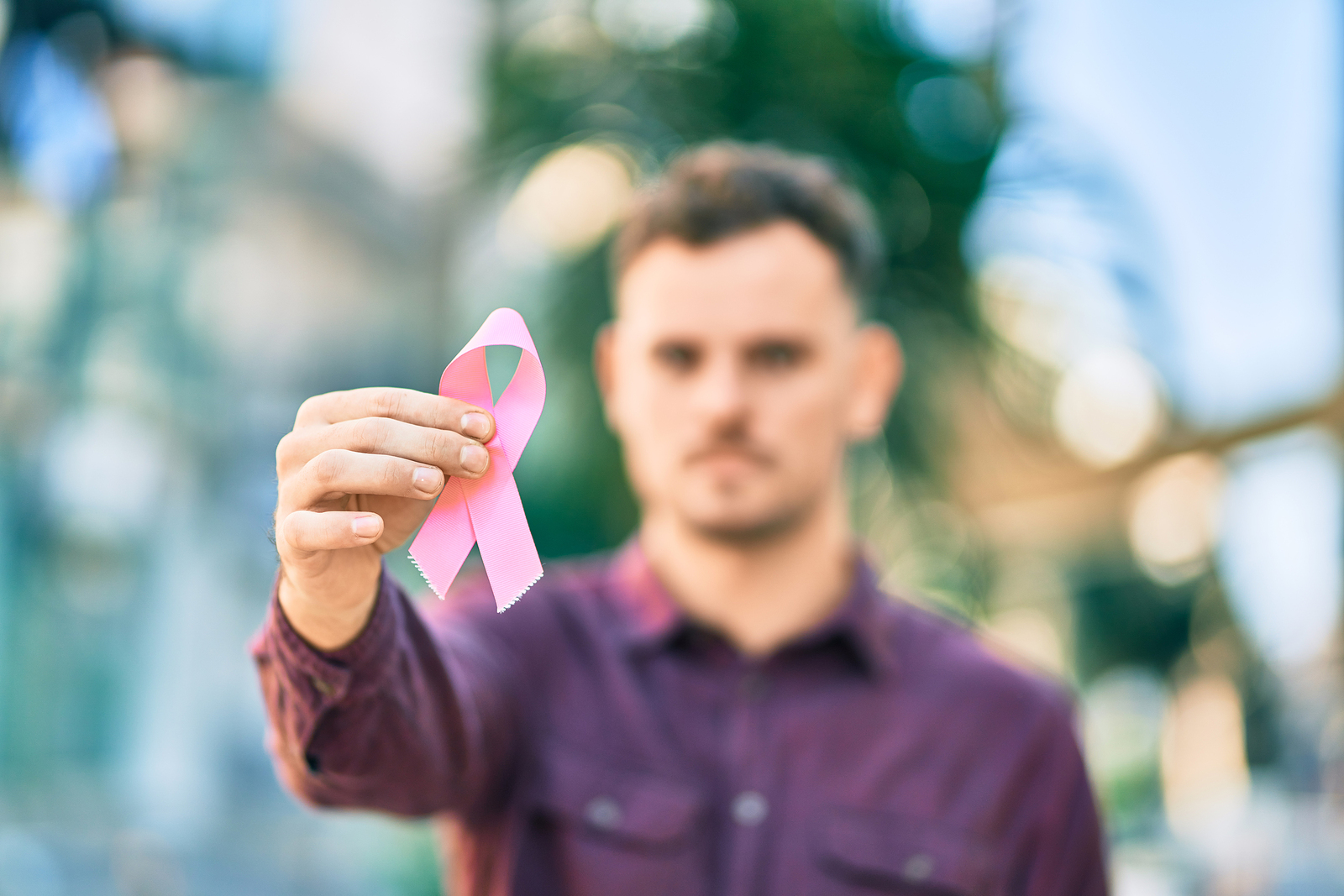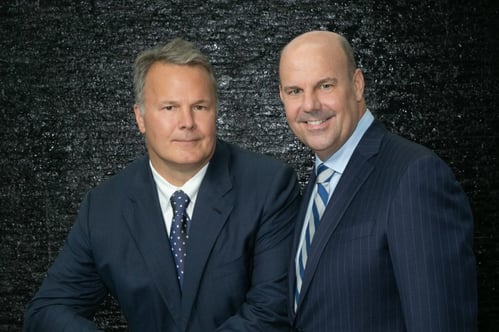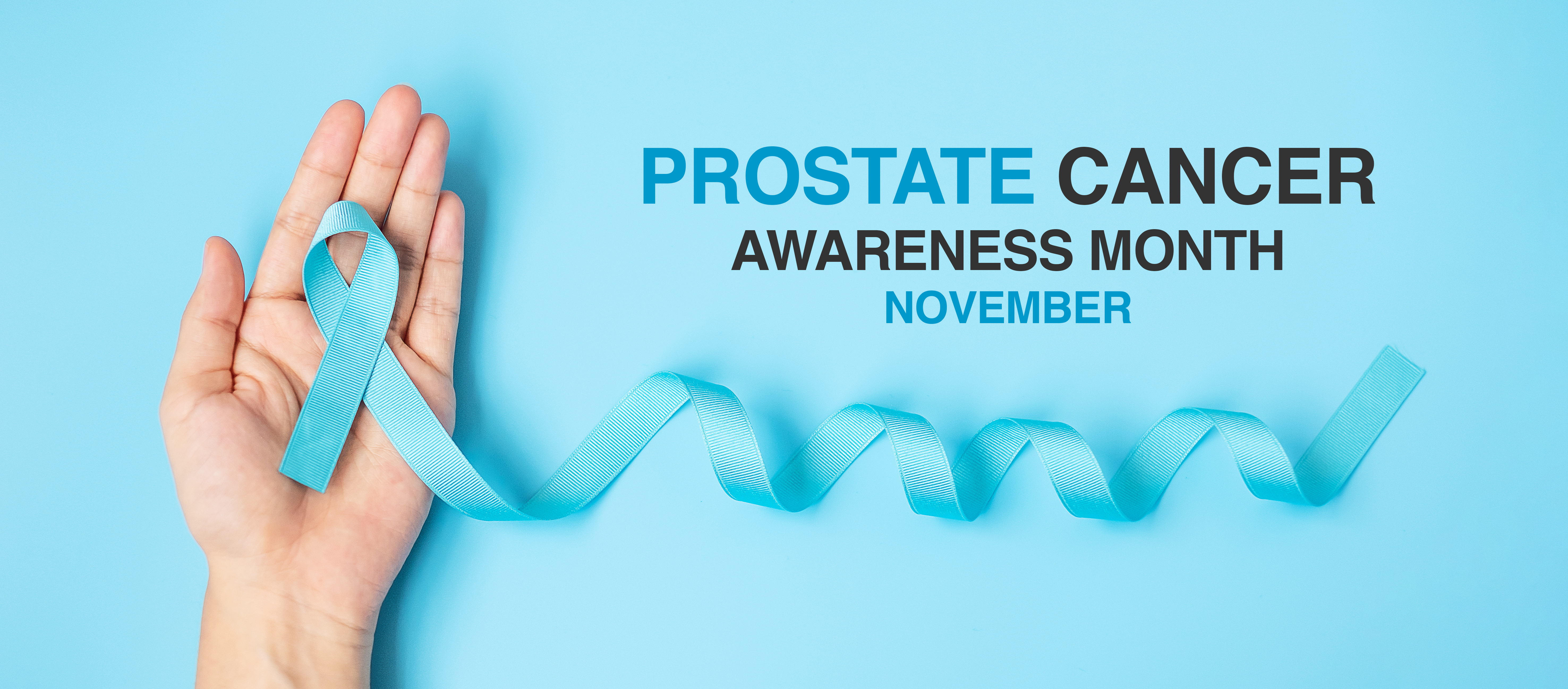Did 9/11 Cause My Malignant Neoplasm of the Male Breast?

If You Were in the Exposure Zone After the Terrorist Attacks, the Answer May Surprise You
On September 11, 2001, terrorist attacks in Lower Manhattan, at the Pentagon, and in Shanksville, Pennsylvania, resulted in a tragic loss of life. Hundreds of thousands of more people—particularly those who were near the World Trade Center in New York City on that day and in the months following—suffered toxic exposures from dust and debris. Those exposures are now directly linked to numerous serious illnesses and health complications, including cancer.
One of the many types of cancer linked to exposure to 9/11 toxins is a malignant neoplasm of the male breast, also known as male breast cancer. Because breast cancer is rare in men, many people fail to spot the warning signs until it spreads.
If you suffered a 9/11-related toxic exposure between September 11, 2001, and July 31, 2002, and received a diagnosis of malignant neoplasm of the male breast, you may seek compensation and medical treatment through federal programs for 9/11 victims. An experienced 9/11 benefits claims attorney can help you access those benefits and any other remedies available to you. Contact us today online or call us at 855-353-4907 to schedule a free consultation.
What is Malignant Neoplasm of the Male Breast?
Malignant neoplasm of the male breast is a form of cancer. According to the Centers for Disease Control and Prevention (CDC), only about 1 percent of all breast cancers diagnosed in the U.S. occur in a man.
Despite the rarity of the disease in men, the types of breast cancer men face are the same as those that afflict women, including:
- Invasive ductal carcinoma, which is cancer that begins in and spreads from the ducts of the breast.
- Invasive lobular carcinoma, which spreads from the lobules to other tissues of the breast, or even to other parts of the body.
- Ductal carcinoma in situ (DCIS), in which cancer cells are found in the lining of the breast ducts, but have not spread beyond that lining.
Symptoms of Breast Cancer in Men
The CDC reports that common signs of male breast cancer include:
- A lump or swelling in the breast.
- Redness or flaky skin on the breast.
- Irritation or dimpling of the skin of the breast.
- Nipple discharge.
- Pulling in of the nipple or pain in the nipple area.
How Doctors Diagnose and Treat Breast Cancer in Men
According to the National Cancer Institute (NCI)’s detailed explanation of malignant neoplasm of the male breast, spotting breast cancer in men involves the same tests and diagnostic criteria as are involved in diagnosing the disease in women. The unfortunate reality, however, is that most male breast cancers go undiagnosed until much later in the disease’s progression because of a lack of awareness about breast cancer appearing in men and a lack of routine screening of men for the disease.
Diagnosis
As the NCI explains, to diagnose male breast cancer, a doctor may perform:
- A physical exam and medical health history. (It is important to tell your health care provider that you had a 9/11-related toxic exposure, as this will help decide which additional health screenings are needed.)
- A clinical breast exam, in which the doctor or other provider carefully examines the breast tissue for lumps or unusual areas on the skin’s surface.
- A mammogram, which is an X-ray of the breast that a doctor reviews for abnormal areas in breast tissue.
- Other imaging scans, including ultrasounds or MRIs.
- Blood chemistry studies to detect certain substances in the body that may signal the presence of cancer.
- A biopsy, where the doctor inserts a needle into the affected tissue and withdraws cells to study them under a microscope for abnormalities.
Upon confirmation of a diagnosis of malignant neoplasm of the male breast, a doctor will typically perform additional procedures to determine the specific type of cancer and how far the disease has progressed.
According to the NCI, there are three ways that cancer can spread through the body:
- Through body tissue. The cancer cells travel from the area where they originated to surrounding areas of the body.
- Through the lymph system.
- Through the blood vessels.
Treatment
Breast cancer, whether found in a woman or man, is one of the more commonly occurring and better-known cancers. As a result, men diagnosed with male breast cancer often have several treatment options potentially available to them, depending on the type of cancer involved and the progression of the disease.
As explained by NCI, common treatments for breast cancer in women and men include:
- Surgery, which in men generally consists of a modified radical mastectomy, which removes all breast tissue, the lymph nodes beneath the arm, the lining covering the chest muscles, and—in some instances—a portion of the chest wall muscles.
- Chemotherapy, which is medication in IV or pill form that kills the cancer cells or stops them from dividing.
- Hormone therapy, which removes hormones or prevents them from aiding cancer cell growth. There are several types of hormone therapy for men with breast cancer to decrease either estrogen levels or testosterone levels in the body.
- Radiation therapy, which shoots high-energy X-rays to kill the cancer cells or prevent them from growing.
- Targeted therapy, where specialized drugs kill cancer cells.
Other treatments, including drug trials and experimental therapies, may also be available in individual cases. A doctor will typically explain the full range of treatment options for malignant neoplasm of the male breast and recommend one or more approaches.
Seeking Medical Care and Monitoring for 9/11-Linked Male Breast Cancer
Malignant neoplasm of the male breast is linked to exposure to toxins at the 9/11 attack and cleanup sites, particularly Ground Zero in Manhattan. If you have breast cancer symptoms or were diagnosed with the condition, and you were exposed to 9/11-related toxins by your presence at an attack site on September 11, 2001, or in the months afterward, you may seek medical monitoring and treatment of your cancer through the WTC Health Program.
Congress created the WTC Health Program as part of the James Zadroga 9/11 Health and Compensation Act of 2010. The program combined two previous federal programs that provide benefits to 9/11 first responders and survivors. Today, the WTC Health Program falls under the purview of the U.S. Department of Health and Human Services. The National Institute for Occupational Safety and Health and the CDC administer it.
The WTC Health Program provides services to the following individuals:
- WTC Responders, consisting of any rescue, recovery, or cleanup worker or volunteer who worked in the 9/11 disaster area in Lower Manhattan between September 11, 2001, and July 31, 2002. There are three types of responders eligible for benefits from the WTC Health Program: FDNY responders, WTC general responders including members of the NYPD, and responders at the Pentagon and Shanksville sites.
- WTC Survivors, consisting of any individual who worked, lived, or attended school or daycare in the New York City disaster area on September 11, 2001, or in the months that followed.
The benefits provided to responders or survivors through the WTC Health Program include all medically necessary treatment of a certified 9/11-linked medical condition, as long as a WTC Health Program-affiliated medical center or a provider in the program’s nationwide network of participating healthcare facilities provides the treatment.
An experienced 9/11 benefits attorney can help anyone diagnosed with male breast cancer, and who had a suspected 9/11-related toxic exposure, to apply for and receive services through the WTC Health Program.
Seeking Compensation for Wage Loss and Suffering Related to a Male Breast Cancer Diagnosis
The WTC Health Program certifies a case of malignant neoplasm of the male breast as linked to 9/11-related toxic exposures. Another federal 9/11 benefits program—the September 11th Victim Compensation Fund (VCF)—uses that certification to confirm the first part of eligibility for compensation for economic and non-economic harm the cancer caused.
Congress created the VCF after 9/11 to compensate people who suffered physical injuries in the attacks and families whose loved ones died in the attacks. That first iteration of the VCF closed in 2004.
In early 2011, Congress reauthorized the VCF through the same Zadroga Act that created the WTC Health Program. This second iteration of the VCF aimed to compensate victims of 9/11-related toxic exposures and other health conditions that had not yet emerged when the VCF’s first phase concluded seven years earlier. In 2019, Congress passed the Never Forget the Heroes: James Zadroga, Ray Pfeifer, and Luis Alvarez Permanent Authorization of the September 11th Victims Compensation Fund, which ensured that the VCF would remain fully funded and able to pay claims through October 21, 2090.
The principal eligibility requirement for VCF benefits is the diagnosis of a 9/11-related health condition, such as malignant neoplasm of the male breast, coupled with proof that the individual suffering from that condition had a 9/11-related toxic exposure by being present at an attack site on 9/11 or in the months thereafter. An experienced 9/11 benefits lawyer can represent individuals diagnosed with those conditions, and the families of any individual who has died from such a condition, in gathering and submitting the necessary evidence and documentation required by the VCF to receive benefits. An attorney can also advocate for victims and families if the VCF partially or totally denies a benefits claim.

How An Experienced Attorney Can Help You Obtain the Compensation You Deserve
For many responders and survivors of the 9/11 terrorist attacks, the two decades since the catastrophe filled with difficulties. Tens of thousands have suffered from declining health and severe disabilities, the result of their exposure to toxic materials at an attack site on that tragic day and the months that followed.
Despite the general rarity of breast cancer in men, male breast cancer is one of the more common conditions suffered by individuals who suffered a toxic exposure related to 9/11. If you were at a 9/11 attack or cleanup site and have since fallen ill with malignant neoplasm of the male breast, an experienced 9/11 benefits attorney can assist you in obtaining the benefits you need to pay for your care and compensate your suffering and loss benefits.
Among other services, a skilled lawyer can:
- Work with you, your family, and your medical team to gather the information you need to apply for participation in the WTC Health Program and to receive an award of compensation from the VCF.
- Submit applications to the WTC Health Program and VCF on your behalf.
- Communicate with the WTC Health Program and VCF about your application and any information they request to process your application.
- Advocate on your behalf with the WTC Health Program and VCF to urge them to approve your applications.
- Appeal any adverse decision from either program on your behalf, including an experienced attorney at your side at any federal hearings.
A diagnosis of malignant neoplasm of the male breast tends to come as a shock to many men. The number of male breast cancer survivors who suffered toxic exposures in connection with 9/11, however, is still growing. For those men, help is available through the WTC Health Program and the VCF.
If you received a diagnosis of malignant neoplasm of the male breast (or male breast cancer), and you were present at a 9/11 attack or cleanup site, contact an experienced 9/11 benefits attorney today for a free case evaluation.


